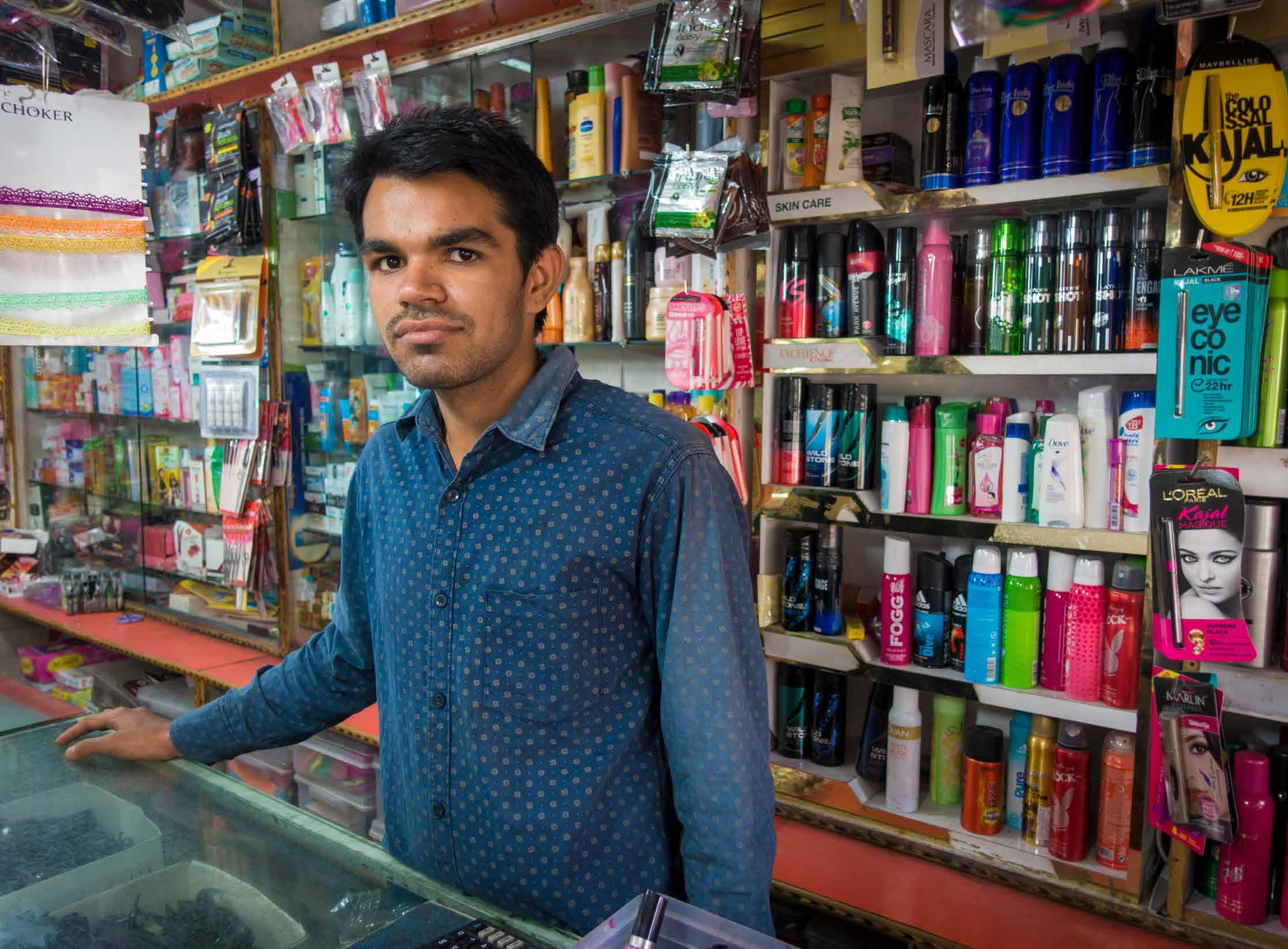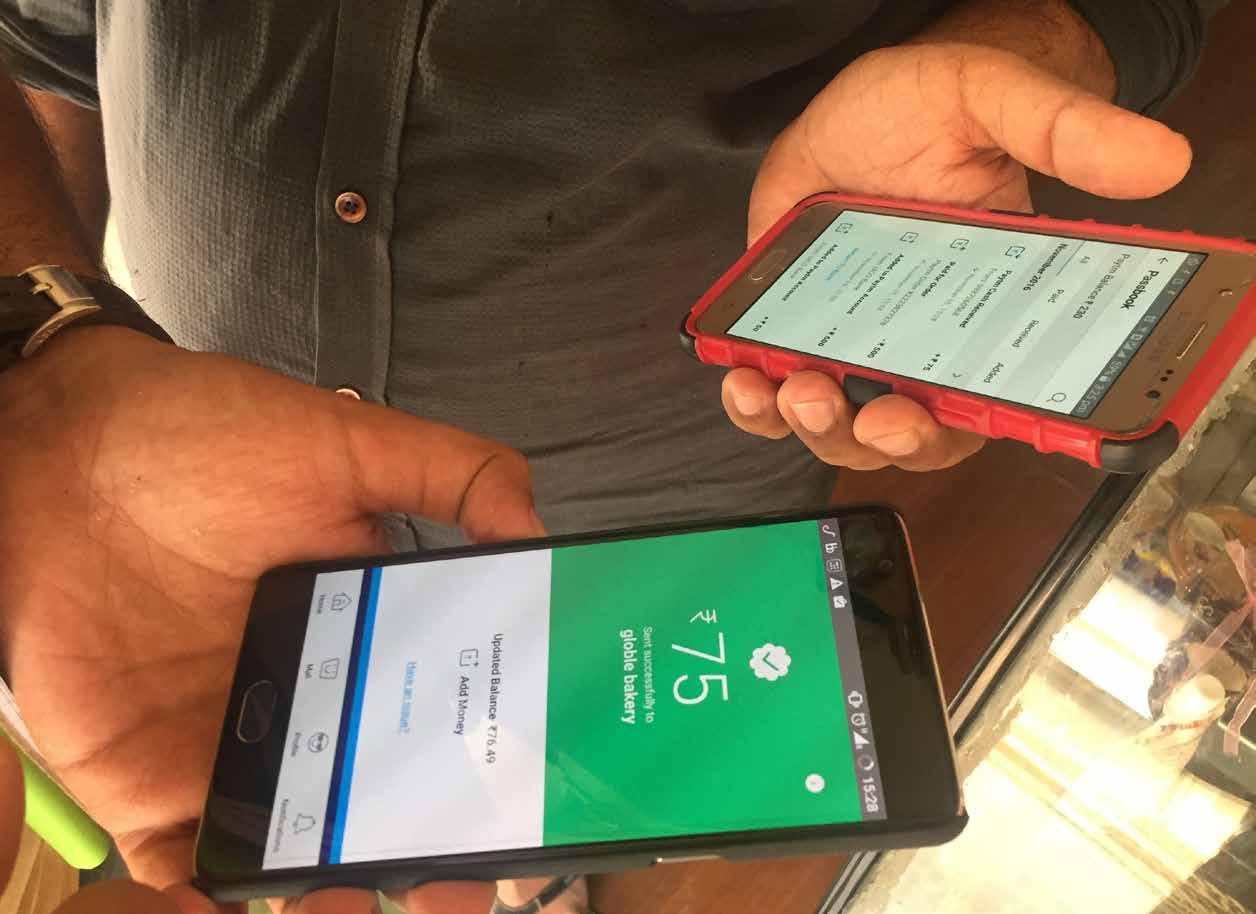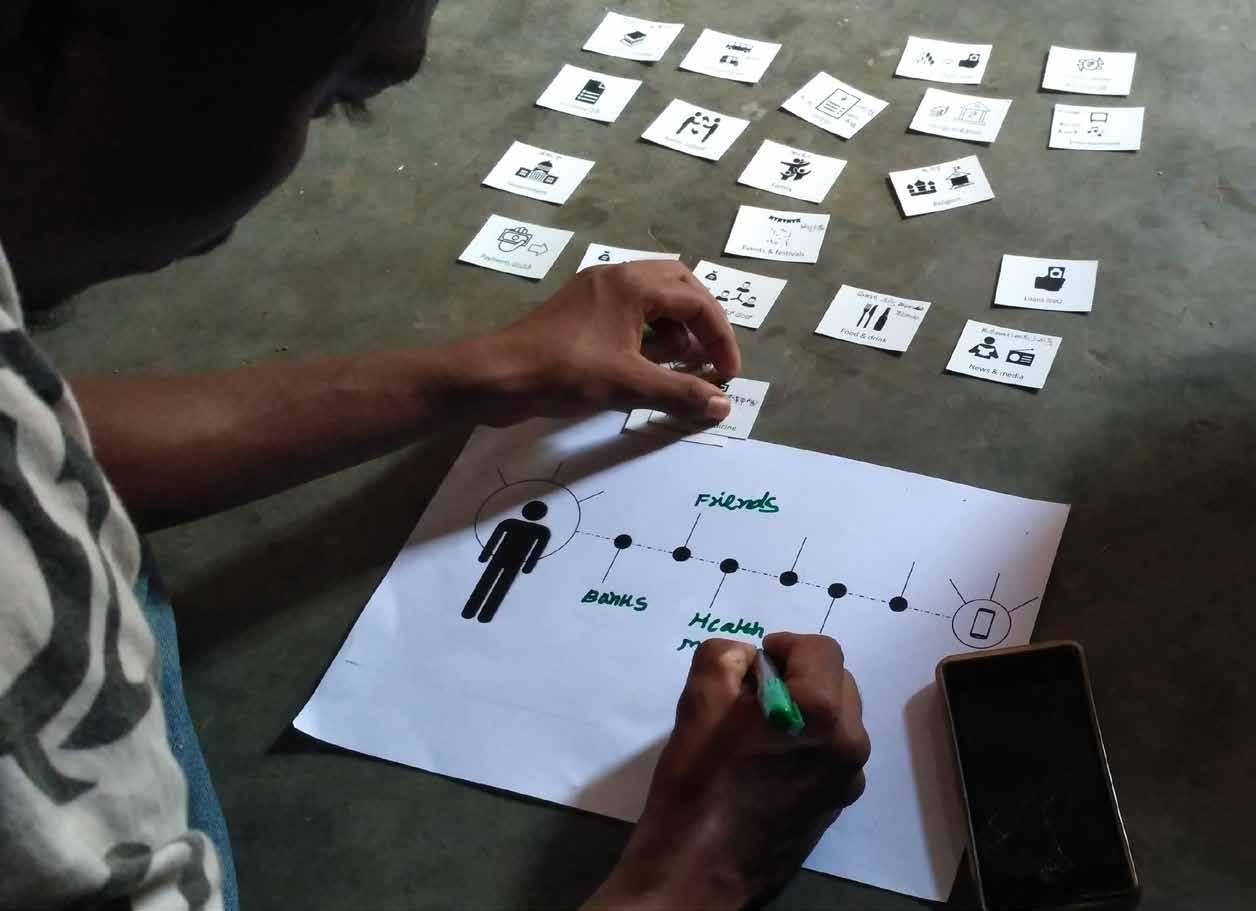
2 minute read
Study Methodology
The Currency of Trust study was conducted by Dalberg Global Development Advisors and used a mixed method research approach to analyze the context and behaviors of a diverse sample of Indian consumers in order to better understand their readiness for digital financial services. Our methodology was focused on answering the following key questions:
What do people’s digital and financial lives look like today?
Advertisement
Why do some believe that formal financial services and digital financial technologies are not for them?
What is the impact of technology affordability and connectivity on digital usage?
Which use cases resonate the most?
What UI/UX design principles are important for consumers?
What are the opportunities for intervention throughout the consumer journey to transition people to using digital financial services?
Quantitative analysis
To inform our market analysis, we used existing data sets from several stakeholders and over 50 industry reports. We conducted over 20 interviews with industry experts, including senior industry leaders, regulators, and entrepreneurs.
Qualitative analysis
We used a human-centered design (HCD) approach to form a detailed understanding of consumer needs, behaviors, and fundamental motivations. We conducted 250 in-depth qualitative interviews with 384 consumers across 30 communities in Nagaland, Bihar, Maharashtra, Karnataka, and Telangana, covering a mix of rural, semi-urban, and urban areas. We spent one to two hours with each respondent, including their household and family, and explored the experiences, relationships, and attitudes that drive their financial decisions, as well as their use of digital services. They walked us through their typical day, chronicling their daily financial flows and management processes. We listened to their hopes and dreams for the future, understood their circle of trust, and co-created potential solutions with them.

Prototyping and co-creation sessions
As part of our qualitative process, we conducted sessions with users to better understand their experience and preferences with respect to financial services applications. Participants were excited to explore prototypes of several novel use cases for digital financial services beyond the familiar ones (online remittance, utility bill payment, e-commerce, direct benefit transfers). Co-creation sessions captured ideas and requirements for user interface design elements, features, and overall user experience flows, specifically those related to language.
Synthesis
The final step of our process was to synthesize the data gathered during the study and generate insights, develop a behavioral persona model, identify opportunities, and make recommendations. We presented our findings in a stakeholder workshop that included 21 participants from 19 companies, which resulted in 20 new ideas for potential digital solutions.








